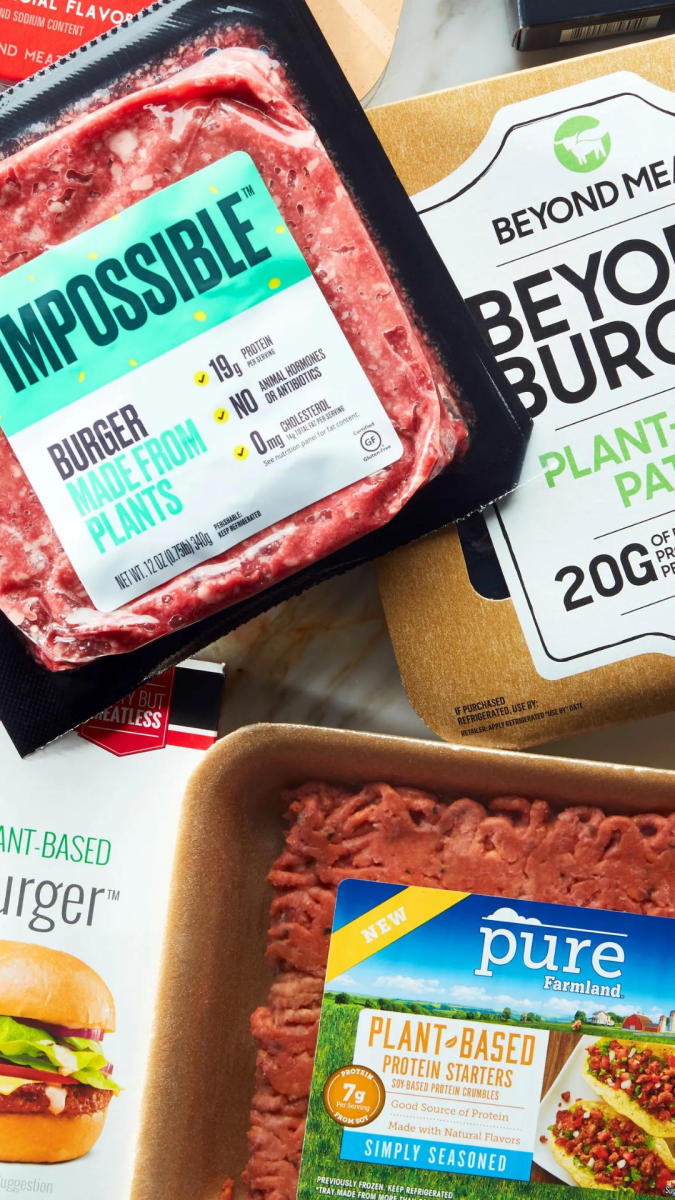Tabs Chocolate came on to my radar because of this My First Million Podcast segment:
How Tabs Started
Jake Lewin and Oliver Brocato (both sophomores in college) started Tabs in January 2021. However, they did not launch and start getting sales until December 2021.
Jake and Oliver both had previous experiences in e-commerce, and they were looking for their next product. They came across this TikTok video that received nearly 14M views:
They visited the website for Sextz (www.sextz.com) and noticed that they were barely putting any focus on their e-commerce sales. They noticed an opportunity. They could put their e-commerce know-how behind a product that has the ability to go viral; a big business could be built.
In January 2021, they thought they could get the product ready and launch in time for valentines day. However, they soon learned that it would take a lot longer to get the formula correct and get their packaging made.
Tabs Chocolate was launched in December 2021.
Their First Viral Video
Tabs Chocolate partnered with Macia Wolf for a TikTok post:
(this is the post talked about in the My First Million Podcast Segment).
This post currently has 6.6M views and 643K likes. The video was posted on January 14th 2022, and that day Tabs generated nearly $50K in sales.
Current Sales Volume
I started tracking Tabs’ sales 18 days ago. In that period of time, Tabs received 1,288 orders (an average of 71 orders per day). If you estimate their average order value to be about $50, this means they will generate a little more than $100K in sales for the month of May.
Tabs has been battling supply issues. They were on per-order until May 2nd. The order I placed on May 7th, took 11 days to be processed and shipped out to me (in total, it took just over 2 weeks for me to receive my order).
Tabs is in the process of getting 120,000 units available for sale by the time summer hits in the United States. This should help speed up processing orders once their inventory is settled.
Lifetime Sales Estimate
Tabs launched on December 20th, 2021. Since then, they have received just over 13,000 orders. I estimate their lifetime average order value to be approximately $44. This gives them an estimated $575K in sales in the past 5 months.
How Are They Driving Sales?
Well, they have had almost all of their social media accounts suspended. They cannot advertise on Google, Facebook, Instagram, and others (it appears their product falls into a banned category for these channels).
Their number one focus has been partnering with influencers (mainly on TikTok). They have numerous influencers create TikTok videos for them with the Tabs product. The influencer posts it on their personal account, and Tabs will repost the video on a network of TikTok accounts that they manage.
On average, Tabs is paying an influencer approximately $100 per 100,000 views.
In February, Tabs was featured in an article on Vice.com: This ‘Sex Chocolate’ Is Going Viral on TikTok for Making People Super Horny. Tabs used LinkBy (https://linkby.com/) to get Vice to write this article (i.e. this was a paid placement).
Oscars Gift

GBK Brand Bar is a pre-Oscar lounge at the Beverly Wilshire Hotel. They curated over $100,000 in gifts for top talent in the industry. Tabs Chocolate was a participating brand at the 2022 GBK Brand Bar. They were able to leverage this opportunity to get photos of celebrities holding their product (whether they are actually allowed to use these photos for promotion is unknown, but they are using these photos on their website).
Sourcing
Tabs Chocolate is being made by Gabriella Chocolates & Confections, located in North Venice, Florida.
Their packaging comes from China. I have not yet figured out who is making their boxes, but their outer shipping bag comes from Zhuhai Eco Packaging Co.
Quick Hit Fad?
I am curious to see the longevity of this brand. Right now, the novelty of the product allows it to go viral organically. However, will people come back and repurchase (ie do people think this product actually works after trying it?)
















